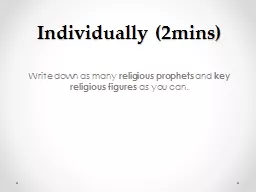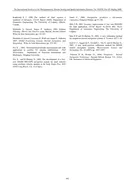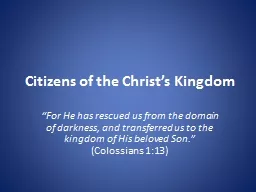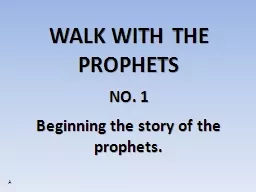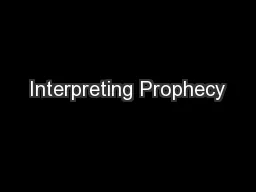PPT-Write down as many religious prophets
Author : alida-meadow | Published Date : 2018-03-14
and key religious figures as you can Individually 2mins Compare your list with a partner Share your ideas to extend your individual lists Pairs 3 mins Combine
Presentation Embed Code
Download Presentation
Download Presentation The PPT/PDF document "Write down as many religious prophets" is the property of its rightful owner. Permission is granted to download and print the materials on this website for personal, non-commercial use only, and to display it on your personal computer provided you do not modify the materials and that you retain all copyright notices contained in the materials. By downloading content from our website, you accept the terms of this agreement.
Write down as many religious prophets: Transcript
Download Rules Of Document
"Write down as many religious prophets"The content belongs to its owner. You may download and print it for personal use, without modification, and keep all copyright notices. By downloading, you agree to these terms.
Related Documents

